

Etherium is an ambitious sci-fi RTS produced by Tindalos Interactive and Focus Home Interactive that aims to chip its way into a competitive market. Featuring the potential for massive battles, dynamic environments and long campaigns, the game centers around the struggle to collect a precious resource called etherium. Tindalos Interactive’s Etherium has a lot to prove – especially with so many direct comparisons to Supreme Commander pouring in. Read on to find out if the game stacks up against the competition.
To begin with, players align themselves with one of three factions: the Consortium represent ruthless corporate humans; the Intar, whose faith make them etherium-driven zealots; and the mysterious Vectides, a culture risen from the etherium itself. These factions fight over the precious etherium resource, which comes from inter-dimensional beasts that lay the resource on a select batch of planets. The factions then fight over this resource – simple enough, right?
Each faction fights with their own individual units and bonuses, and for their part Tindalos Interactive has done a good job in keeping the gameplay balanced – the most important aspect of any real-time strategy game. Each faction has a decent selection of infantry, vehicle and air units available, with higher-tier units providing an advantage over certain troop categories. There’s also colossus units, which pack a huge punch and are integral for quickly reducing enemy buildings to rubble.
Each fight will take place on one of six planets in the game, with each one having its own unique look and in-game environmental effects that will impact (or impede) gameplay. Things like sandstorms force units to stop movement, tornados will prevent reinforcements, and arctic conditions will temporarily freeze lakes and allow units to traverse over them. These add a nice element of unexpected strategy to the game, though it does sometimes result in some imbalanced gameplay if a tornado chooses to romp right over your base after it first touches down.
The maps themselves are divided into sectors, and players must send communications teams to set up buildings at designated points to expand their reach into each sector. These buildings can then get extensions which grant bonuses to the play, like increasing the maximum unit count, earning more income, or unlocking the next technology tier. It’s important to protect these building expansions, though, as any bonuses granted by them are lost if the building is destroyed.
Etherium also has secondary factions, which usually own two areas of each map and will attack all parties. These factions can either be destroyed for their territory, or swayed to join a player’s force after some investments and waiting. The secondary factions can make a difference in longer games, and quickly wiping them out or assimilating them into a player’s army will prove to be a dilemma that varies game-to-game.
The conquest mode will give players the longest run out of anything in the game, but this becomes a problem in any early-stage campaign. Players must spend research points to unlock various units and new technological levels, meaning the first few turns are spent without the ability to make higher-tier units. This can make the first few combat experiences a bit tedious and repetitive, especially when only infantry soldiers can be made. And given that the AI can start four combat games in the first turn, it can lead to plenty of repetitive gameplay before things get interesting. This is one of Etherium’s biggest weaknesses, since gameplay with a fuller technology tree is much more fun than just spamming infantry divisions several games in a row.
The galactic map screen, a conquest mode exclusive where players determine what planet to attack next, feels feature-light and incredibly awkward, and only serves as a brief interlude between the campaign fights, which are just standard skirmish matches with limited technology trees. The added ‘card game’ gimmick to the galactic map adds a randomness to the campaign which feels unnecessary, and fleet-to-fleet combat is about as melodramatic as any conflict can get. All-in-all, conquest mode feels relatively pointless, especially when the base game delivers better gameplay.
Skirmish mode delivers the most entertaining action, and allows both 1 vs 1 and 2 vs 2 gameplay. It uses the same maps as the conquest mode (with each planet having three 1 vs 1 variants), which can lead to a lot of repetition in terms of maps. After a few hours of playtime, the AI also becomes relatively predictable in their attacks, allowing certain victory if a pattern of protected base expansion is followed. Aside of this, the plot for the game never really evolves into anything beyond ‘they all want the etherium resource’, which will disappoint those looking for detailed backstories or any real attachment to a faction’s narrative.
Ultimately, the predictable AI, repetitive maps and a disappointing campaign mode bog down what could be a nice alternative to games like Supreme Commander and Total Annihilation. Tindalos Interactive has brought forward cool concepts like secondary factions and dynamic map weather scenarios, but the puzzle pieces of the game don’t always fit together to create a full and coherent picture. Whilst the game does provide some fresh experiences for RTS-hungry players, Etherium does little to stand out in a competitive RTS scene. That being said, there is the base for something greater should Tindalos continue down this path. There’s a potential for greatness within Etherium, but this isn’t fully realized throughout the game.
Etherium is available now for PC. Game Rant was provided a PC code for this review.
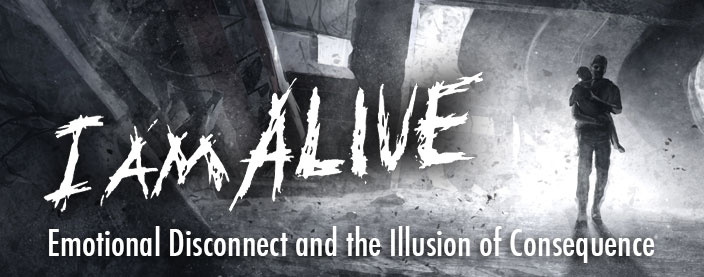
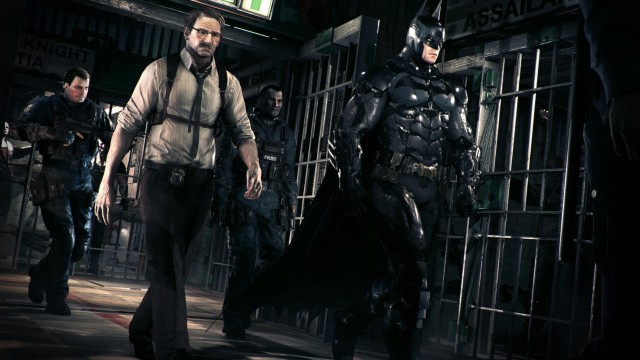

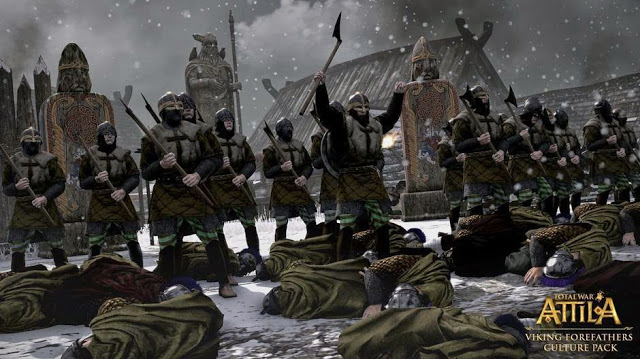
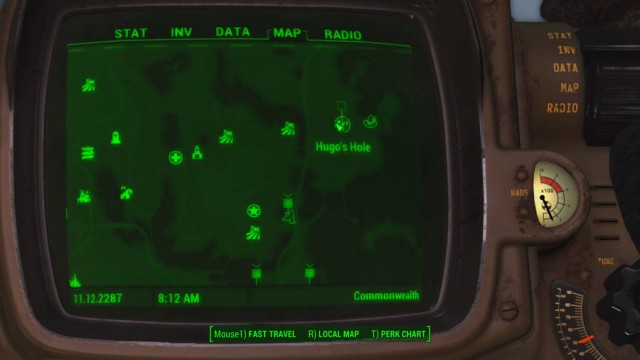 Fallout 4 Interactive Map Shows Location Of Enemy Resistance, Collectibles, Military Base, Hospitals & More
Fallout 4 Interactive Map Shows Location Of Enemy Resistance, Collectibles, Military Base, Hospitals & More The Easiest Way to Scan Files for Viruses in Windows 10
The Easiest Way to Scan Files for Viruses in Windows 10 7 Ways to Secure Your Digital Data, According to Expert Shaun Murphy
7 Ways to Secure Your Digital Data, According to Expert Shaun Murphy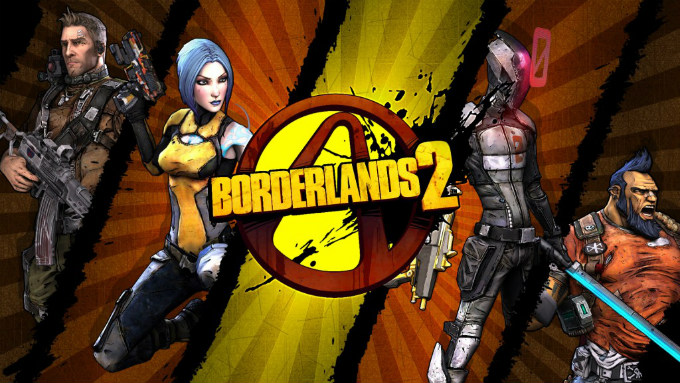 Borderlands 2 Class Modification Units | Class Mod Guide
Borderlands 2 Class Modification Units | Class Mod Guide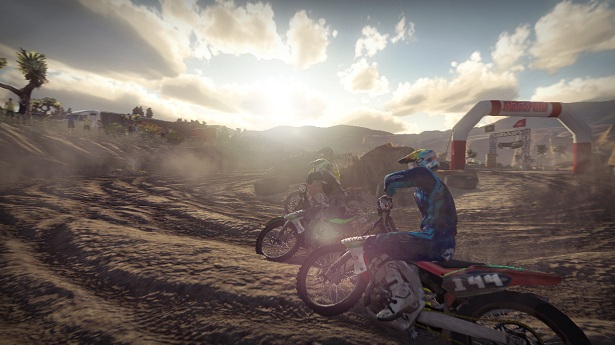 MX vs. ATV Alive Walkthrough
MX vs. ATV Alive Walkthrough